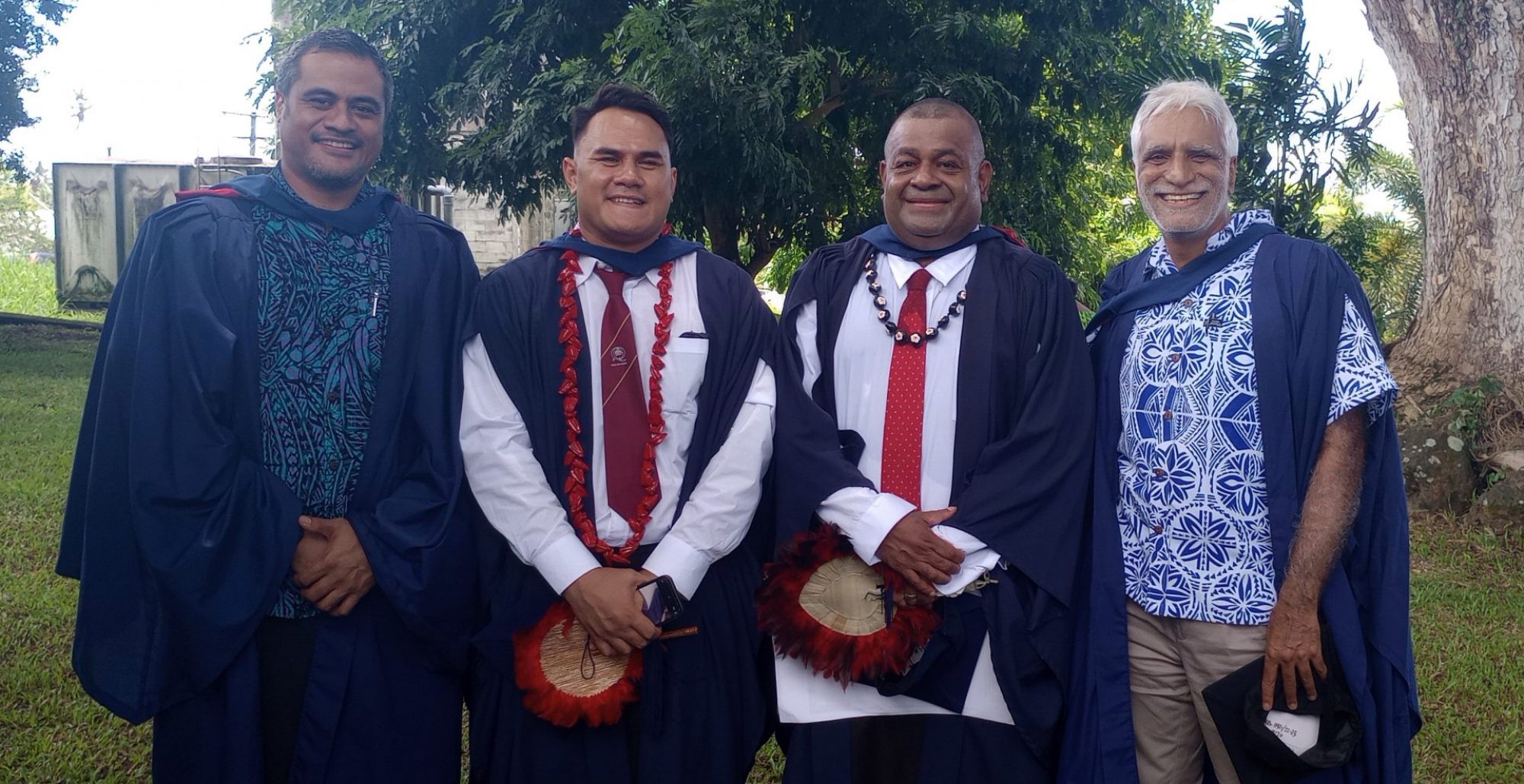Report PIOA Visitation in Nonga Hospital, Rabaul
16.06.2018 – 23.06.2018
Dr. med. M. Walliser, Dr. med. Philipp Stillhard
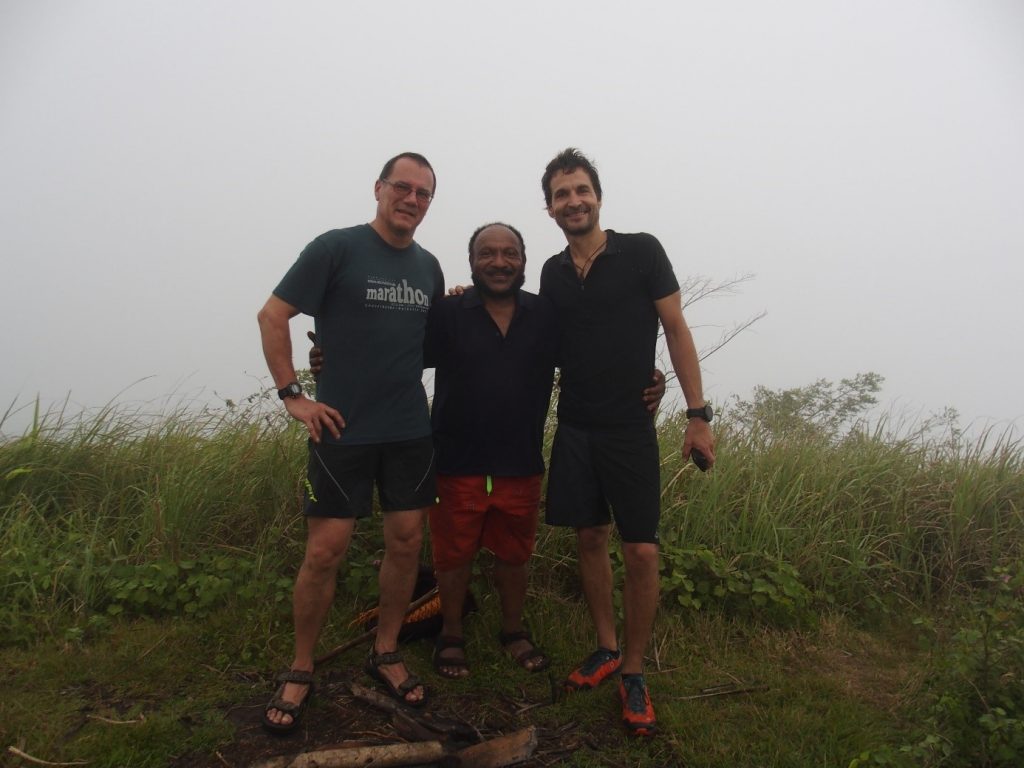
Dr. Kevin Lapu is a general surgeon undergoing orthopaedic / traumatologiy specialization. One additional consultant, 2 registrars and 3 residents are completing the team. The orthopaedic ward has a capacity of around 60 beds. One major and a minor theatre is available. Staff on the ward and in OT, as well as the doctors are motivated and working in a structured and reliable way under the leadership of Dr. Lapu.
As in Lae, our daily work on the wards, in the clinics and in OT was the most important part of our visit. Due to a prior visit of Dr. Philipp Stillhard last April and the previous preparation of several cases for surgery by Dr. Lapu, we could efficiently start with our planned tasks immediately after arriving.
Main surgical activities:
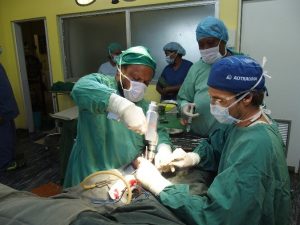
There seems to occur an incredible amount of forearm fractures in the Rabaul area. This was the main topic in OT and we could operate on several forearm fractures, emphasizing surgical approaches, anatomical particularities and special injury types (as Galeazzi and Monteggia fractures).
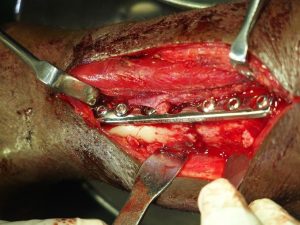
Due to lack of intraoperative imaging, ORIF with standard 3.5mm LC-DCP plates was the standard procedure.
Conclusions
Due to good preparation of our visit, we could work efficiently and successfully with a very motivated surgical team, even if our visit was only short. Further visits in this kind would help to further promote decision making, case prioritization and surgical capabilities. Further support in procurement of equipment and implants will help to improve trauma care in the future.
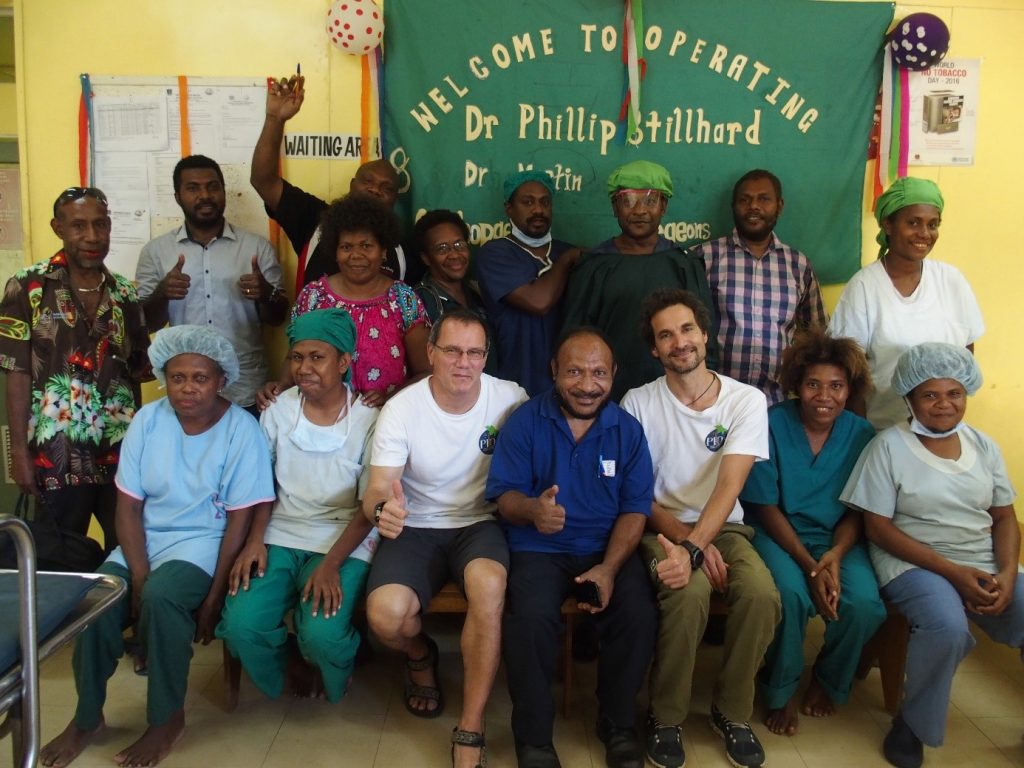
Supervision visits for PIOA trainees in the future
Several hospitals in PNG have been visited during the last two years. We were working out several conditions, which should be satisfied for this kind of direct teaching. It is ideal, if the PIOA candidate is HOD or at least consultant and is also following the PIOA guidelines and principles of fracture treatment. This dedication ensures a high acceptance and full application of our principles by all team members involved during the whole length of the process of treatment. Good leadership and team abilities as well as communicative skills should be present in order to solve organizational problems in OT (especially essential cooperation with anesthesia and scrub nurse teams).
Visits in one hospital should not be too short, ideally around two to three weeks. Though we could show that very efficient visits can be done even during short stays of one week with previous preparation and organization. The overall duration of a mission with European doctors should be at least three to four weeks in order to limit travel expenses and ecological impact.
Certain issues concerning travel conditions, security and accommodation should also be considered.
Two visiting doctors as a team can incredibly increase the efficiency of a visit, whereas principally one doctor can also achieve a lot. As we are planning to split teams from next year on, introducing new trauma surgeons into the project, we will continue with teams of two over the next years. The process of evaluation and selection of capable trauma surgeons is under way as well as the planning of our next mission. PNG will most certainly be the main focus of our clinical work during the next years, but if there are valuable PIOA candidates meeting our conditions in other south pacific countries there are always possibilities to visit other countries as well.
Financial Support by the SST (Swiss Surgical Teams)
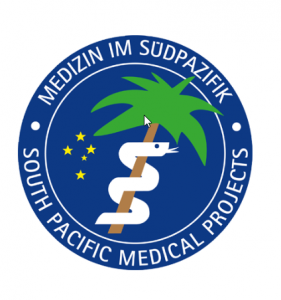 The 2018 visits were again supported financially by the SST. Travel expenses, especially the flights to, from and within PNG, are a substantial part of the project costs. Living costs in PNG are as well astounding, if the Hospitals don’t provide accommodation for foreign doctors. This is especially true in the Highlands, where accommodation costs even for very basic rooms exceed 100 USD per person per night by far.
The 2018 visits were again supported financially by the SST. Travel expenses, especially the flights to, from and within PNG, are a substantial part of the project costs. Living costs in PNG are as well astounding, if the Hospitals don’t provide accommodation for foreign doctors. This is especially true in the Highlands, where accommodation costs even for very basic rooms exceed 100 USD per person per night by far.
The SIGN Set, which was introduced in Lae, was funded by the Swiss association “South Pacific Medical Projects”. This represents also a substantial amount of money, invested for a better trauma-care in the South Pacific.
